Agriculture falters on disappointing 2.68% economic growth
Livestock, poultry prevent outright collapse, stagnation and decline in key crop output remains troubling
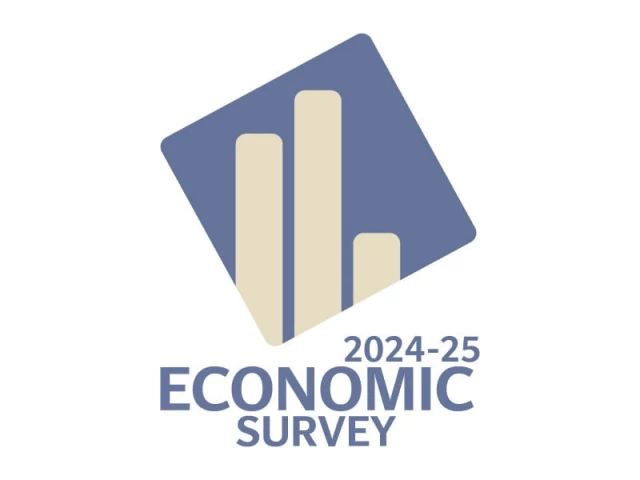
Pakistan recorded modest economic growth of 2.68% in the fiscal year 2024-25, reflecting improved macroeconomic stability and investor confidence. However, the country missed a key opportunity to drive growth from its agriculture sector, which posted a disappointing rise of only 0.56%, dragging down the potential for a stronger economic rebound.
According to the Pakistan Economic Survey 2024-25, presented by Finance Minister Muhammad Aurangzeb, the poor performance of agriculture stemmed mainly from a sharp decline in the output of major crops. Key staples such as wheat, cotton, sugarcane, and maize registered steep falls due to adverse weather, shrinking sowing areas, and delayed cultivation cycles.
Wheat productiona critical food cropdropped by 8.9%, while cotton output plunged by a staggering 30.7%. Maize and sugarcane also saw declines of 15.4% and 3.88%, respectively. Even though rice cultivation area expanded, its output slipped slightly by 1.38%. These losses weighed heavily on overall agricultural performance and food security, despite notable gains in certain vegetables such as onions and potatoes, which saw production rise by 15.9% and 11.5%, respectively. This contrast highlighted the vulnerability of Pakistan's crop production to climate shifts and the limitations in current farming practices and infrastructure.
Livestock emerged as the only bright spot in the sector. Contributing nearly 64% of agriculture's value addition and almost 15% of GDP, livestock grew by 4.72%, supported by increased milk and meat production and a larger animal population. The poultry industry also performed well, recording a 9.4% increase in meat output and egg production rising to 26.7 billion eggsunderlining its significance to rural incomes and national food supplies.
Other agricultural sub-sectors posted positive results, though their contributions were limited. The fisheries sector expanded by 1.42%, and forestry by 3.03%, bolstered by supportive policies and stable demand. However, these gains could not offset the deep losses in major crop production.
Efforts to stabilise agriculture included maintaining fertiliser supplies and meeting 34.3% of national certified seed requirements. The government also promoted public-private partnerships and tax incentives to spur mechanisation, though tractor production lagged due to broader economic constraints. Large-scale irrigation projects like the Diamer-Bhasha and Mohmand Dams remained key priorities for improving water management.
Agricultural credit disbursement rose by 15%, reaching Rs1,880.4 billion in the first nine months of FY25a vital step to support both smallholders and commercial farmers. The Special Investment Facilitation Council (SIFC) continued advocating for modernisation, value-added production, and climate-resilient farming strategies, the survey reported. Despite these interventions, fundamental challenges remain. The sharp decline in major crops exposed serious flaws in Pakistan's farming model amid climate change and market volatility. There is an urgent need for better knowledge transfer, adoption of climate-smart technologies, and the removal of bottlenecks across the supply chain.
The Economic Survey added that while Pakistan achieved overall macroeconomic stability, it missed the chance to fully harness agriculture's potential as a growth driver. Livestock and poultry prevented an outright collapse, but the stagnation in crop output remains troubling. With agriculture employing over 37% of the labour force and contributing 23.5% to GDP, its underperformance threatens rural livelihoods, food security, and long-term economic resilience. Looking ahead, the survey stressed the need for more aggressive reforms to unlock agriculture's full potential and transform it into a catalyst for sustainable growth.




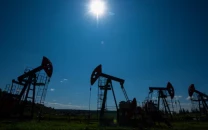
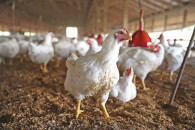
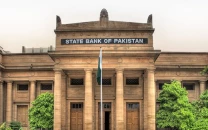
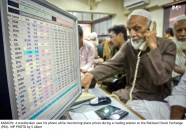





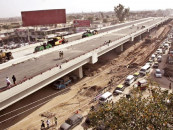






COMMENTS
Comments are moderated and generally will be posted if they are on-topic and not abusive.
For more information, please see our Comments FAQ